The article below entitled “Ibn Sina, the great Persian polymath and physician, never demanded money from his patients” was written by Damjan Stojanovski and published in the Vintage news outlet on October 13, 2016.
Kindly note that three of the images and accompanying captions displayed below do not appear in the original Vintage News posting.
= = = = = = = = = = = = = = = = = = = = = = = = = = = = = = = = = = = = = = = = = = = = = = = = = = = = = = = = = = = = =
The cultural and scientific enlightenment fostered by the Islamic Golden Age during the Abbasid Caliphate undoubtedly propelled mankind’s progress during the High Middle Ages. Contributing to various scientific fields, many thinkers and philosophers such as Al-Farabi, Al-Kindi, Rhazez, and others have cemented their names in the history of science. As for Ibn Sina (980-1037), his work and research are arguably the most revered.
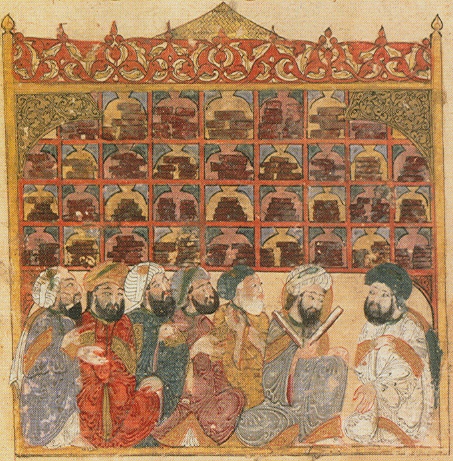
13th-century illustration depicting scholars at an Abbasid library from the Maqamat of al-Hariri by Yahya ibn Mahmud al-Wasiti. Baghdad, 1237 (Source: Vintage News).
Also known as Avicenna, Ibn Sina was a Persian polymath with contributions in medicine, psychology, geology, physics, astronomy (he was the first to propose that Venus was closer to the Sun than the Earth), and of course, philosophy. A prominent thinker and empiricist, in contrast with his scientific penchant for knowledge, he was also a poet and an Islamic theologian.
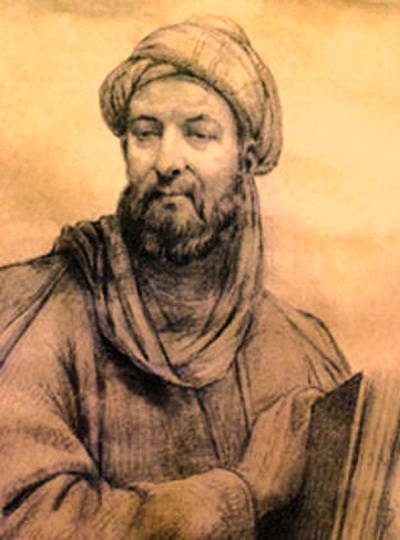
A Portrait of Ibn Sina (Source: CGIE.org).
Records and historical facts about his life are hard to pin down, as there exists only one known autobiography about him, written by one of his students, al-Jūzjānī. He was born in a village near Bukhara (modern-day Uzbekistan) in 980 CE, most likely in August.
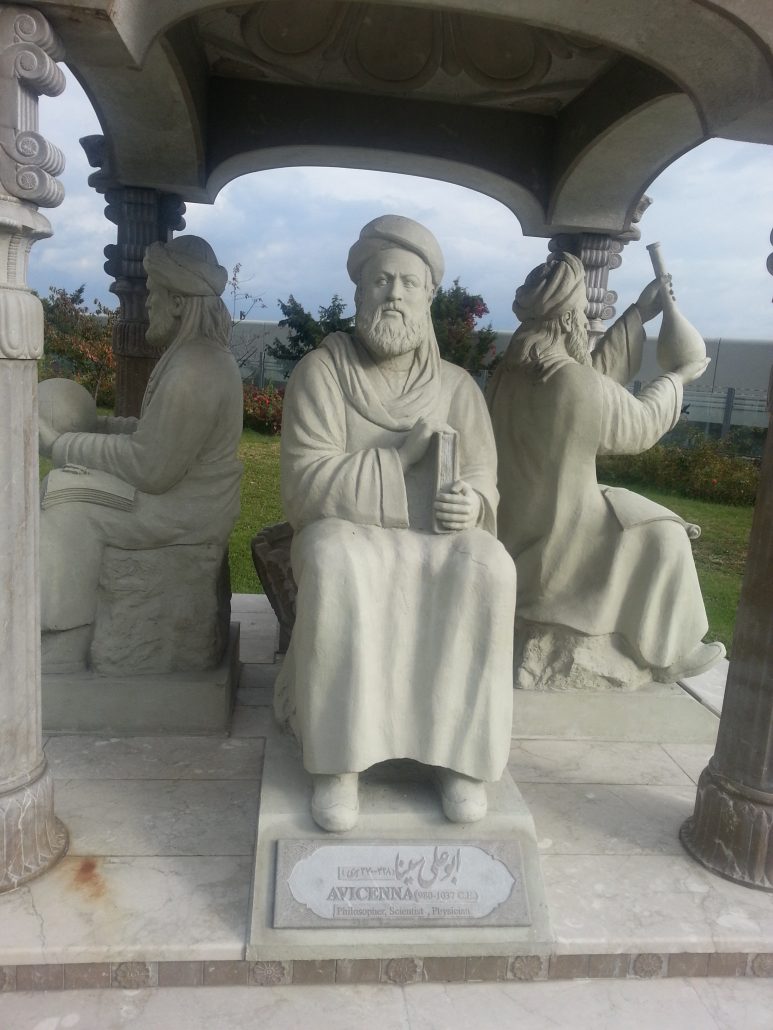
The Statue of Ibn Sina at the Persian Scholar Pavilion in the Vienna International Center (Source: “Yamaha5” in Public Domain). To the right of Ibn Sina, holding a bulbous long-necked beaker, is Zakariya Razi (854 CE – 925 CE), known as “Rhazes” in the West). Razi was another important Iranian polymath, medical prodigy and physician, philosopher and alchemist. To the left of Ibn Sina is the Iranian Polymath and scholar from Khwarezm, Abu-Reyhan Biruni (973-1048 CE),
Because of his father’s position as a governor and a respected scholar, Ibn Sina received a quality education and upbringing. The young genius could memorize the Quran at the age of 10 and had a thirst for unconventional knowledge for his age. At times, he prayed in mosques, when challenged with difficult texts and ideas.
One of his many tutors, Nātilī, had the honor to teach elementary logic to Ibn Sina. However, his teachings were obsolete, since the young thinker was rapidly grasping advanced ideas and was already entering new fields of knowledge.
Undertaking a tremendous task of studying the works of Aristotle on his own, he gained a methodical approach to the sciences which, in return, aided his logical viewpoint. He had difficulty at fist, but once he read Al-Farabi’s commentary on the work, he quickly understood Aristotle’s “Metaphysics”. Contrary to popular belief, he was not the first to introduce Aristotelian philosophy to the Middle East, but he was by far the most distinguished.
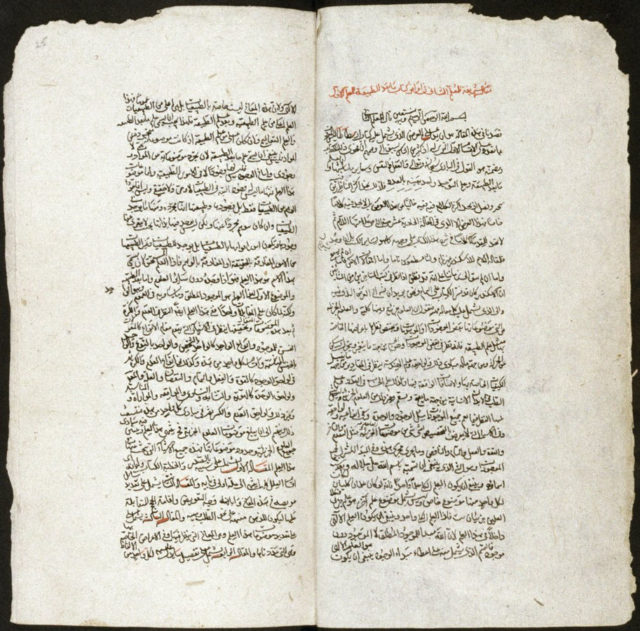
Pages from a 17th-century manuscript of Al-Farabi’s commentary on Aristotle’s metaphysics (Source: Vintage News & Public Domain).
Ibn Sina favored medicine and anatomy over the rigid field of mathematics and logic; thus he began studying medicine at the age of 16 and became a skilled physician by 18. By 997 CE, Ibn Sina healed the local emir, Nuh II, from a life-threatening illness and was promptly appointed as the emir’s personal doctor. The respected position that Ibn Sina gained from this rather heroic deed allowed him valuable access to the Sāmānid royal library, consequently opening new doors of knowledge. Ibn Sina never required payment from his patients, as the practice of curing and mending their wounds was payment enough for the curious physician.
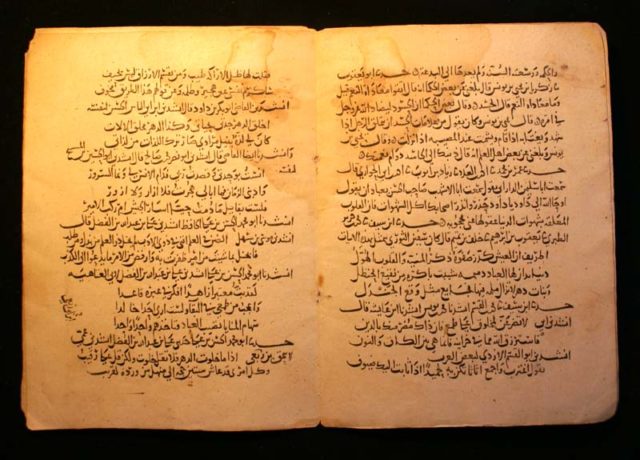
A manuscript written on paper during the Abbasid Era (Source: Vintage News & Public Domain).
By his 20s, Ibn Sina undertook writing his ideas, penning many books about astronomy, medicine, philosophy, mathematics, music, poetry, and philology.
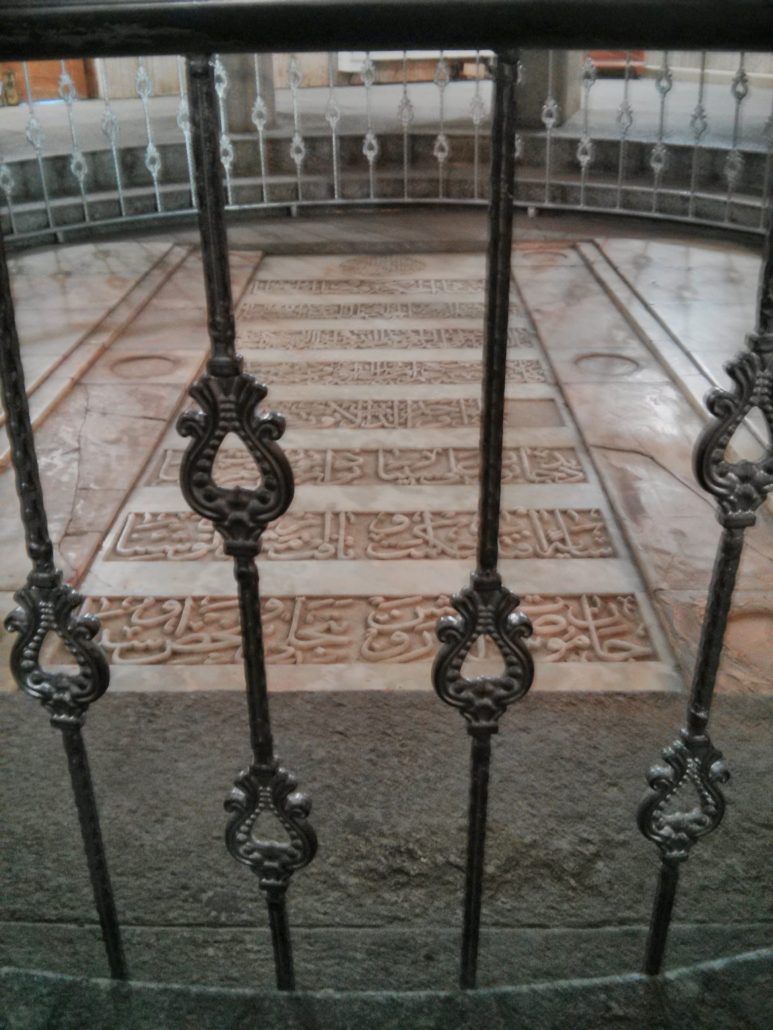
Tomb of Ibn Sina in Hamedan, Iran (Source: Public Domain).



